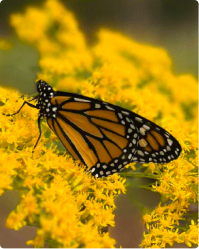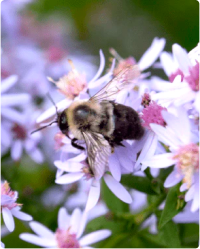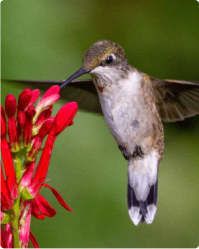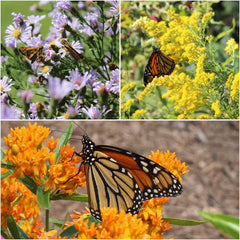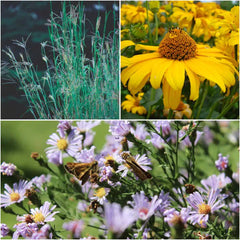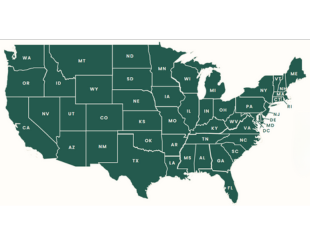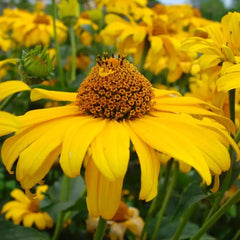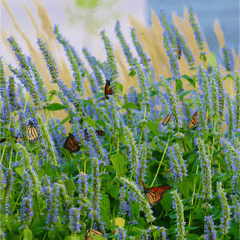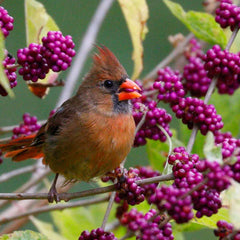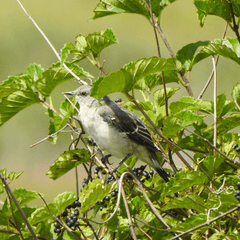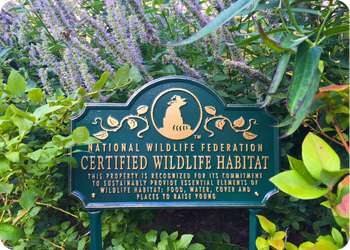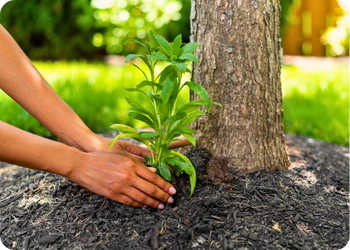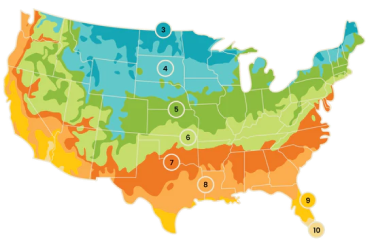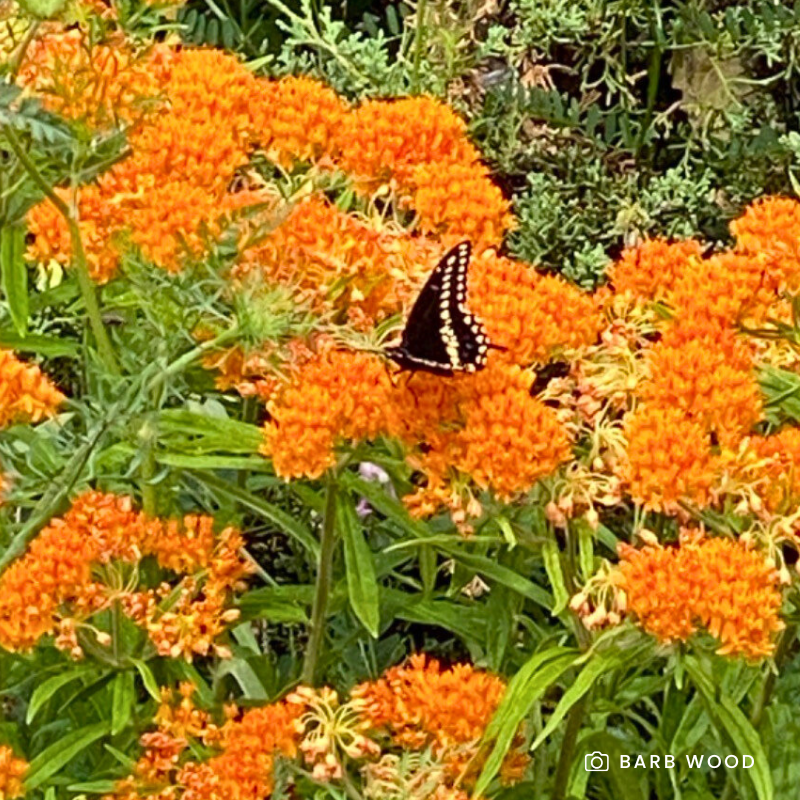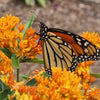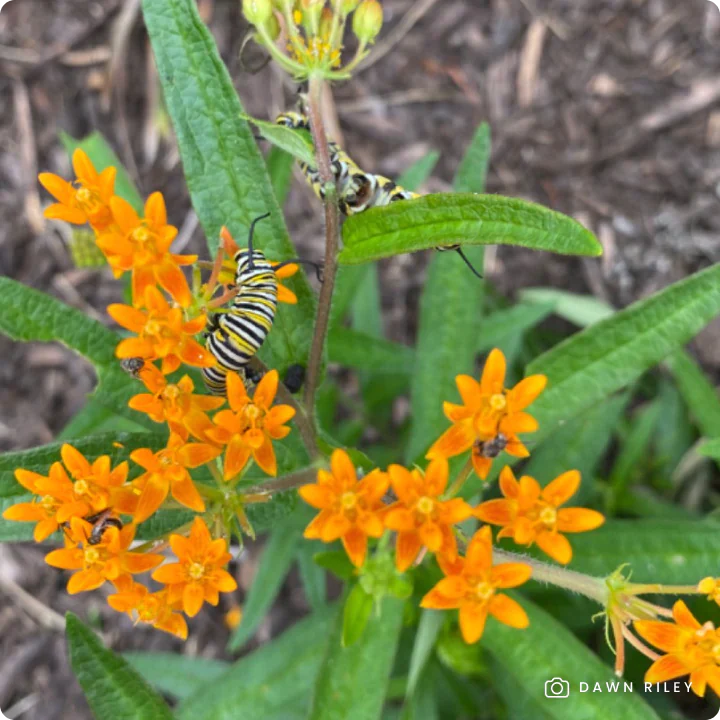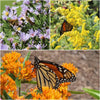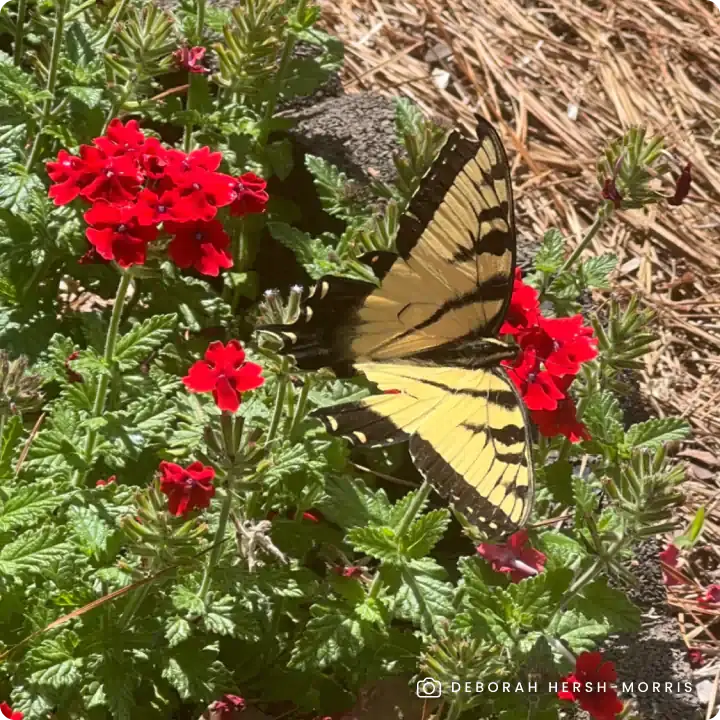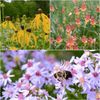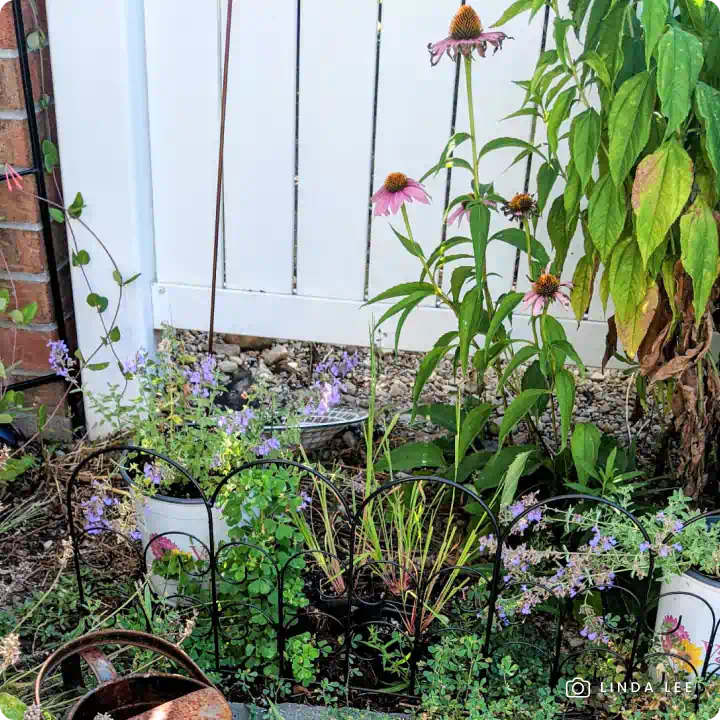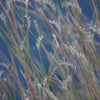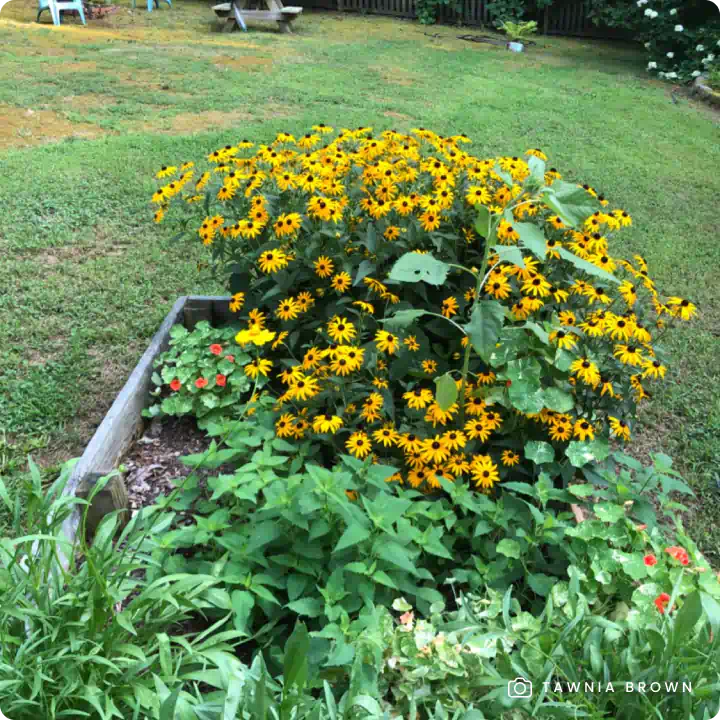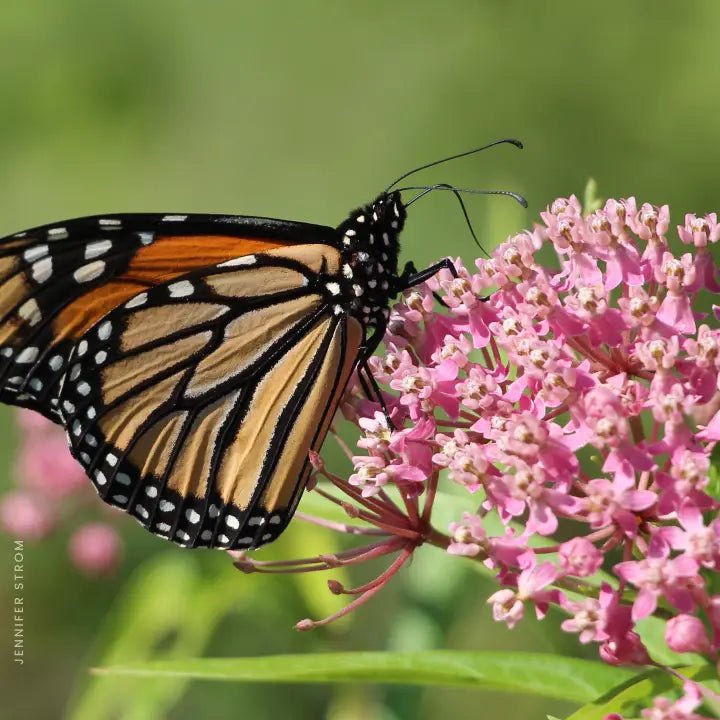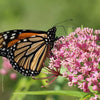Littleflower Penstemon (Penstemon procerus) is a low-growing, mat-forming perennial that thrives in rocky slopes, dry meadows, and alpine habitats. This hardy native plant produces vibrant purple to blue flowers with white throats and delicate, lipped petals. Its dense, spreading foliage makes it an excellent groundcover for rock gardens, meadows, and native landscapes, while its nectar-rich blooms attract butterflies, bees, and hummingbirds.
Key Features:
- Bright Blooms: Produces clusters of purple, blue, and white-throated flowers that support butterflies, bumblebees, mason bees, and hummingbirds.
- Low-Growing: Forms mats of oblong leaves, making it a great groundcover in dry, rocky, or alpine environments.
- Wildlife Benefits: A host plant for the variable checkerspot butterfly and a valuable nectar source for native bees and hummingbirds.
- Drought-Tolerant & Hardy: Thrives in dry, sandy, or gravelly soils with minimal water once established.
- Deer Resistant: Naturally unappealing to deer, ensuring long-lasting blooms.
- Pollinator-Safe: Grown non-GMO and free of harmful neonicotinoids, promoting a healthy ecosystem for pollinators and wildlife.
Available in sets of three, six, or 12 plants to suit any garden size.
Why Choose Littleflower Penstemon?
This hardy, low-maintenance native plant is perfect for wildflower meadows, rocky slopes, and dry gardens where pollinator support and erosion control are desired. Whether planted as a groundcover or accent plant, its colorful blooms and ecological benefits make it a standout choice for biodiversity-friendly landscapes.
Planting Tips:
- Location: Prefers full sun to part shade with well-drained, sandy, or rocky soils.
- Watering: Water regularly during the first growing season; highly drought-tolerant once established.
- Maintenance: Minimal care required. There's no need to deadhead the flowers, as allowing them to go to seed provides a valuable food source for birds. Leaving the stems standing in the fall offers overwintering sites for beneficial insects. If desired, cut back the stems in late spring after pollinators have emerged.
For more information on planting, view our How to Plant Your Native Plants guide and other planting tips in the Garden for Wildlife Learning Center.
Enhance your garden with littleflower penstemon—a vibrant, pollinator-friendly groundcover that brings beauty, resilience, and wildlife support to dry, rocky spaces!
